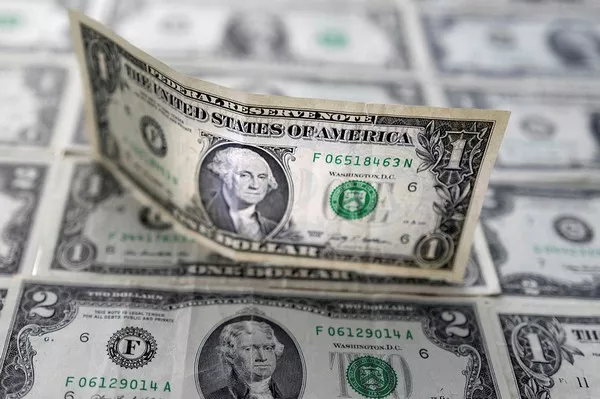Asian currencies showed resilience following a recent surge on Friday, while the dollar faced pressure at four-month lows as traders anticipated deeper interest rate cuts by the Federal Reserve in 2024.
The positive sentiment in the region was further bolstered by additional stimulus measures in China, with the People’s Bank of China injecting 1.45 trillion yuan ($200 billion) into the economy through its medium-term lending facility.
However, the move had limited impact on the yuan, signaling the PBOC’s intention to maintain its loan prime rate at record lows next week. Despite economic data revealing stronger-than-expected industrial production in November, the yuan traded sideways.
Broader Asian currencies experienced modest gains, driven by a weakening dollar and the anticipation of lower U.S. interest rates, leading investors toward risk-driven, high-yield assets.
The Australian dollar, a key indicator of Asian risk sentiment, rose by 0.3% to a level not seen in over four months. Meanwhile, the Japanese yen stabilized near a four-month high against the dollar, reflecting recent appreciation. However, further yen gains remained uncertain ahead of the Bank of Japan’s year-end meeting.
South Korea’s won retreated by 0.2% after a strong performance earlier in the week. The Indian rupee, while relatively stable against a weaker dollar, hovered near record lows. Despite record highs in local stocks due to optimism over India’s economy, traders remained cautious about the rupee amid concerns about the country’s significant trade deficit. The Reserve Bank’s decision to refrain from further interest rate hikes, despite a recent uptick in inflation, added to the cautious sentiment.
The dollar index and dollar index futures edged lower in Asian trade, reaching their lowest levels since mid-August. The greenback was on track to register a 2% decline for the week, following the Federal Reserve’s announcement that it would not raise interest rates and hinted at potential deeper rate cuts in 2024.
Traders are now speculating on the timing of the Fed’s interest rate trimming, with Fed fund futures prices indicating a more than 70% chance of a rate cut in March 2024. Goldman Sachs anticipates three consecutive 25 basis point cuts by the central bank, beginning in March.


